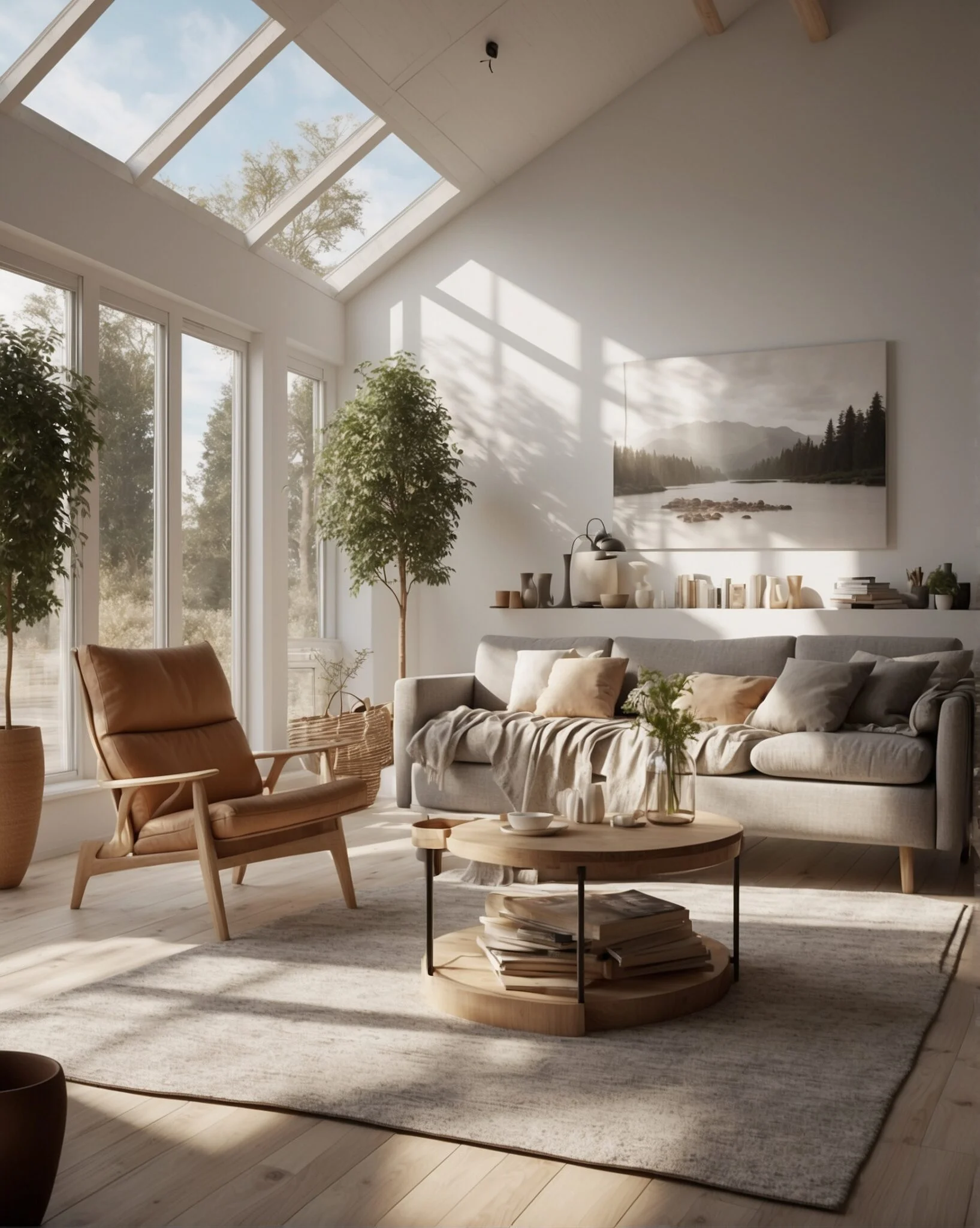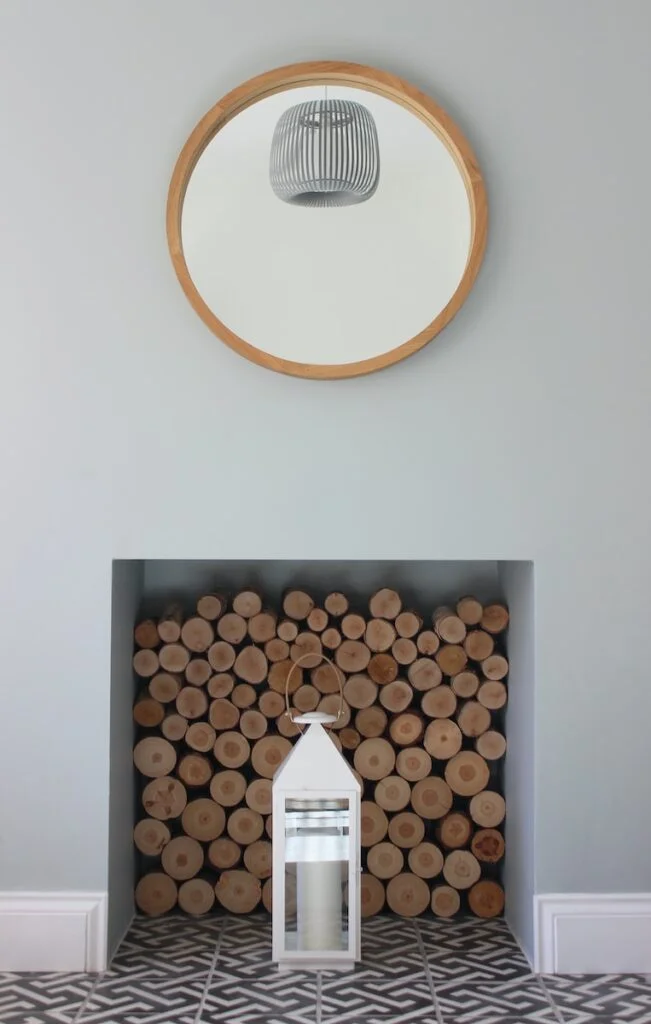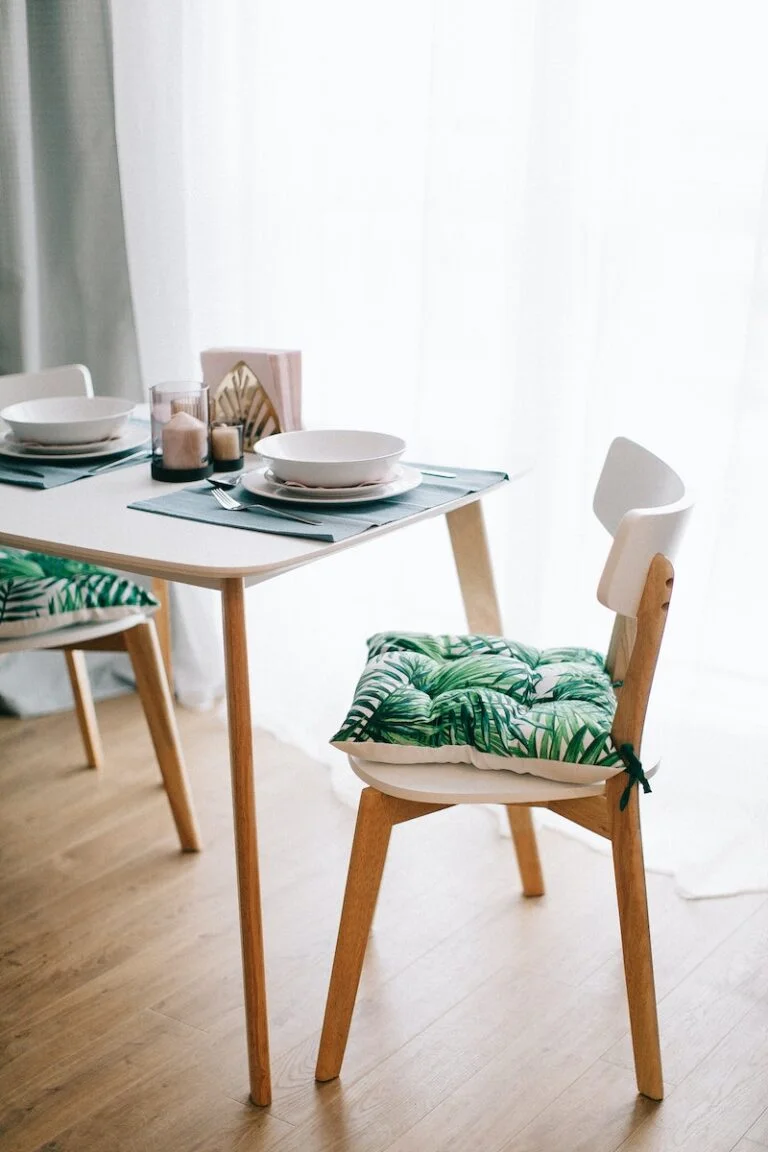
by newbeltane | Oct 5, 2023 | Autumn, Hygge Lifestyle
Embrace the Autumn Essence
Why not fall in love with Hygge this autumn? As the vibrant hues of summer fade into the distance, the arrival of autumn ushers in a unique blend of emotions.
On one hand, we yearn for the serenity of home after the hustle and bustle of summer, but on the other, we hold tightly to the fleeting warmth of the season. However, the desire for cosiness persists throughout, and that’s where Hygge comes into play.
 The crisp autumn air carries with it the earthy aroma of fallen leaves, a reminder of the changing seasons. To counteract this brisk scent, consider infusing your living space with a warm and inviting ambience. Drawing inspiration from our Scandinavian friends, here are some simple yet effective ways to prepare your home for autumn.
The crisp autumn air carries with it the earthy aroma of fallen leaves, a reminder of the changing seasons. To counteract this brisk scent, consider infusing your living space with a warm and inviting ambience. Drawing inspiration from our Scandinavian friends, here are some simple yet effective ways to prepare your home for autumn.
1. Textile Layering
One of the quickest ways to add warmth and comfort to your living space is by layering textiles on existing furniture. Wooden floors come to life with the addition of knitted rugs, while stools become cosier with sheepskin seat pads. These small adjustments can make a significant difference in creating a hygge atmosphere.

2. Cosy Blankets
Every home needs a wool or brushed-cotton blanket that’s ready for snuggling under. As you bid farewell to lightweight linen throws that adorned your sofa during the warmer months, these blankets become essential companions for chilly autumn evenings.
3. Embrace Natural Light
Certainly, incorporating natural light into your living spaces is not only a key aspect of Scandinavian design but also has numerous health and well-being benefits. Let’s delve into why natural light is good for you:
1. Mood Enhancement:
Natural light is a mood booster. Exposure to sunlight triggers the release of serotonin, often referred to as the “feel-good” hormone. This can help improve your mood and reduce feelings of anxiety and depression. In Scandinavian countries, where sunlight is limited during the winter months, maximizing natural light in interiors is particularly important for mental well-being.
2. Vitamin D Production:
Sunlight is a natural source of vitamin D, which is essential for maintaining healthy bones and a strong immune system. When your skin is exposed to sunlight, it synthesizes vitamin D. Ensuring you have access to natural light in your home can contribute to your overall health.
3. Increased Productivity:
Natural light has been shown to enhance productivity and focus. When you work or study in well-lit spaces, you tend to be more alert and attentive. This is especially beneficial if you have a home office or study area.
4. Better Sleep Patterns:
Exposure to natural light during the day helps regulate your body’s internal clock or circadian rhythm. This, in turn, can improve your sleep patterns. Scandinavian design often prioritizes large windows to let in ample daylight during the day, while using blackout curtains to ensure restful sleep at night.
5. Eye Health:
Well-distributed natural light reduces eye strain and can prevent eye fatigue. It’s easier to read, work on a computer, or engage in various activities when you have an abundance of natural light in the room.
6. Connection to Nature:
Having access to natural light allows you to connect with the outside world. It provides a sense of being in touch with nature, even when you’re indoors. This connection to the outdoors can have a calming and grounding effect.
7. Energy Efficiency:
Maximizing natural light in your home can also save energy. During the day, you can rely less on artificial lighting, which reduces electricity consumption and lowers your energy bills. In the context of sustainable living, this is an important consideration.
8. Visual Comfort:
Natural light provides balanced and even illumination, reducing glare and harsh shadows. This enhances the visual comfort of your living spaces, making them more inviting and pleasant.
9. Healthier Plants:
If you’re a fan of indoor plants, natural light is crucial for their well-being. It promotes healthy growth and helps plants purify the air, contributing to a healthier indoor environment.
Incorporating natural light into your home, whether through large windows, skylights, or strategically placed mirrors to reflect light, not only aligns with the principles of Scandinavian design but also promotes your physical and mental well-being. It creates spaces that are not only aesthetically pleasing but also conducive to a healthier and happier lifestyle.

4. The Beauty of Logs
For a touch of rustic elegance, consider incorporating a log stack into your decor, whether indoors or outdoors. Logs bring a piece of nature into your home, mirroring the beauty of the trees outside. If you lack alcoves or shelves for this purpose, consider using waney-edged placemats, wooden platters, or charger plates to showcase your love for logs.

5. Moody Color Palettes
Scandinavian design is known for its simplicity, functionality, and use of a specific colour palette that reflects the region’s natural beauty and lifestyle. In this article, we’ll explore some of the most popular colours in Scandinavian design and how they can be incorporated into various aspects of interior decor.
White – The Foundation of Scandinavian Design
White is the cornerstone of Scandinavian design. It’s used liberally on walls, ceilings, and even furniture to create a sense of airiness and light in interior spaces. This clean and crisp colour choice helps maximize natural light, especially during the long, dark winters in the Nordic countries. For example, a living room with white walls and a white sofa can give a sense of spaciousness and simplicity.

Soft Greys – A Subtle Elegance
Soft shades of grey are often used as accent colours in Scandinavian interiors. These muted greys add depth and sophistication without overwhelming the overall design. Picture a Scandinavian bedroom with light grey bedding or curtains to create a cosy and serene atmosphere.
Neutral Tones – Nature-Inspired Hues
Scandinavian design takes inspiration from nature, and this is reflected in the choice of neutral tones like beige, taupe, and oatmeal. These earthy colours evoke a sense of calm and warmth. In a dining room, you might see a wooden table paired with chairs decorated with natural fabrics.

Blues – A Nod to Water and Sky
Blues are used sparingly in Scandinavian interiors to represent the sky and water. Whether it’s a pale blue accent wall in a bathroom or soft blue textiles in a living room, this colour choice adds a refreshing touch of nature.
Pastel Accents – Soft Pops of Color
While Scandinavian design is predominantly neutral, pastel hues like soft pink, mint green and powder blue are used as accents to inject a bit of playfulness into the decor. For instance, you might find pastel-coloured cushions on a neutral-toned sofa.

Black – A Striking Contrast
To create visual contrast and depth, black is occasionally introduced into Scandinavian interiors. Black accents like picture frames, light fixtures, or even a bold black feature wall can provide a striking focal point.
Natural Wood – Warmth and Texture
While not a traditional colour, natural wood is a quintessential element in Scandinavian design. The warm, honey-toned wood adds both colour and texture to spaces. Think of a Scandinavian kitchen with wooden cabinets and countertops.
Greenery – Bringing the Outdoors In
Living plants and greenery are essential in Scandinavian design, adding vibrant splashes of colour. A room adorned with lush green plants instantly feels more alive and connected to nature.
Incorporating these popular colours and elements into your home’s design can help you achieve that quintessential Scandinavian look.
Remember that Scandinavian design is all about balance, so use these colours sparingly and allow ample white space for a clean, uncluttered feel. By embracing the Scandinavian colour palette, you can create a welcoming and harmonious living space that reflects the essence of this timeless design style.
6. Timeless Materials
Update the materials in your home by introducing more timeless elements such as leather and wood. The warm brown tones of these materials echo the autumnal colours of the world outside, seamlessly blending your indoor and outdoor spaces.
7. Enhance Your Lighting
As the days grow shorter and artificial light becomes essential, evaluate your lighting setup. Ensure you have enough low-level lighting to create a calm and cosy atmosphere. If your home lacks dimmable switches, consider adding lamps to side tables or cosy corners. Proper lighting can set the mood for a welcoming and inviting living space this autumn. Candles can also create a warm and cosy ambience, especially in the evenings.

8. Embrace Everyday Joy
Finally, take a moment to savour the little things. Pour your daily cup of tea from a delightful teapot. Consider adding a vintage Danish Tue Poulsen stoneware teapot to your collection, with its earthy brown and beige tones perfectly aligned with the season. Autumn brings with it more opportunities for quiet moments and cups of tea, so make the most of it.
In conclusion, as the leaves change and the air turns crisper, you have the power to infuse your home with the essence of Hygge. These simple yet effective tips, inspired by Scandinavian traditions, will help you create a cosy and inviting space to embrace the beauty of autumn. So, get ready to welcome the season of hygge with open arms and a warm heart.





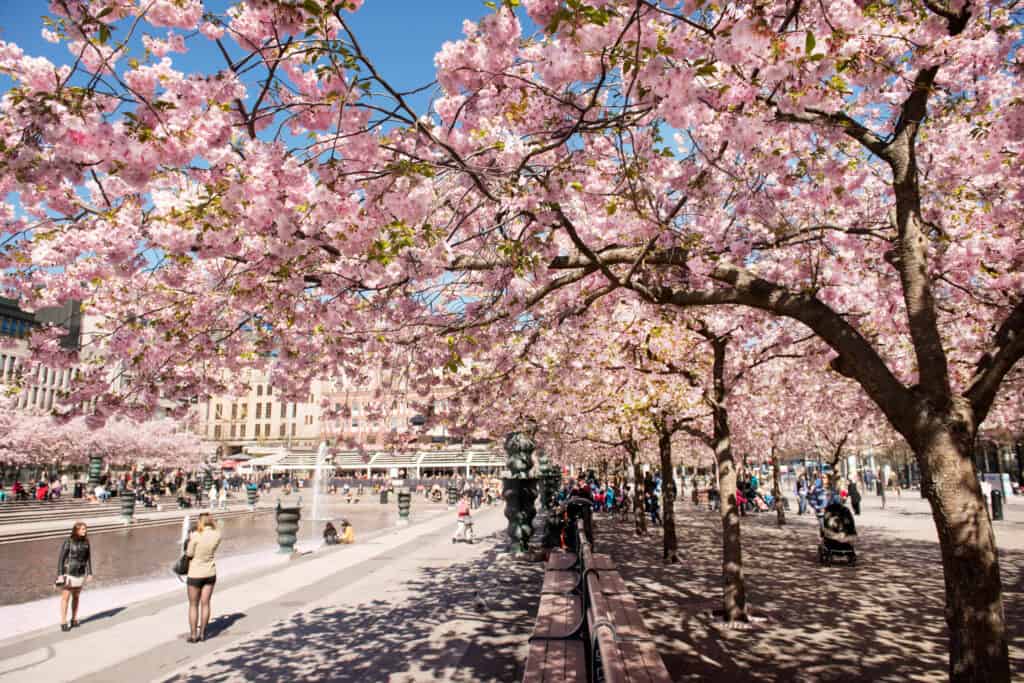

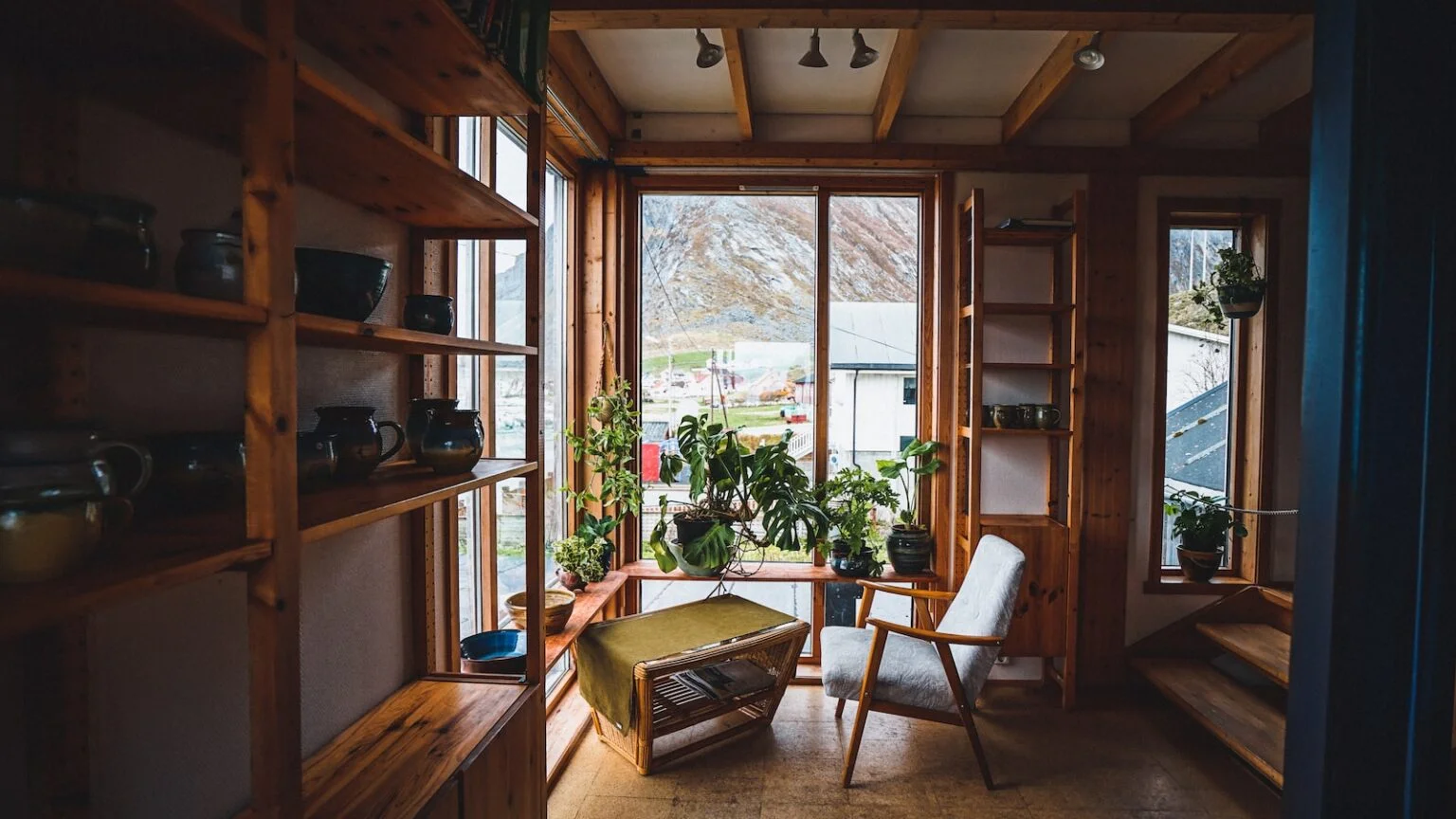
 The crisp autumn air carries with it the earthy aroma of fallen leaves, a reminder of the changing seasons. To counteract this brisk scent, consider infusing your living space with a warm and inviting ambience. Drawing inspiration from our Scandinavian friends, here are some simple yet effective ways to prepare your home for autumn.
The crisp autumn air carries with it the earthy aroma of fallen leaves, a reminder of the changing seasons. To counteract this brisk scent, consider infusing your living space with a warm and inviting ambience. Drawing inspiration from our Scandinavian friends, here are some simple yet effective ways to prepare your home for autumn.
